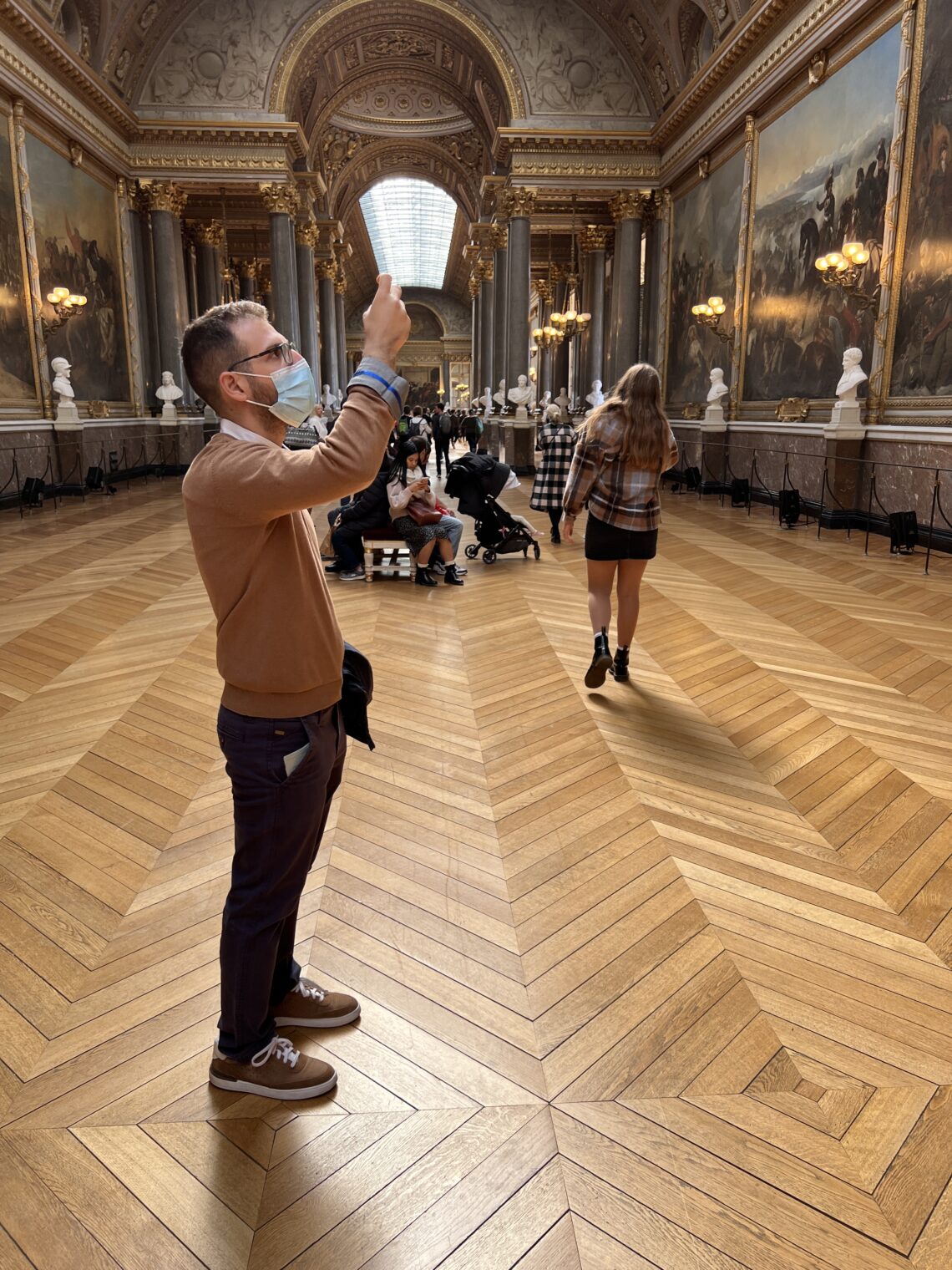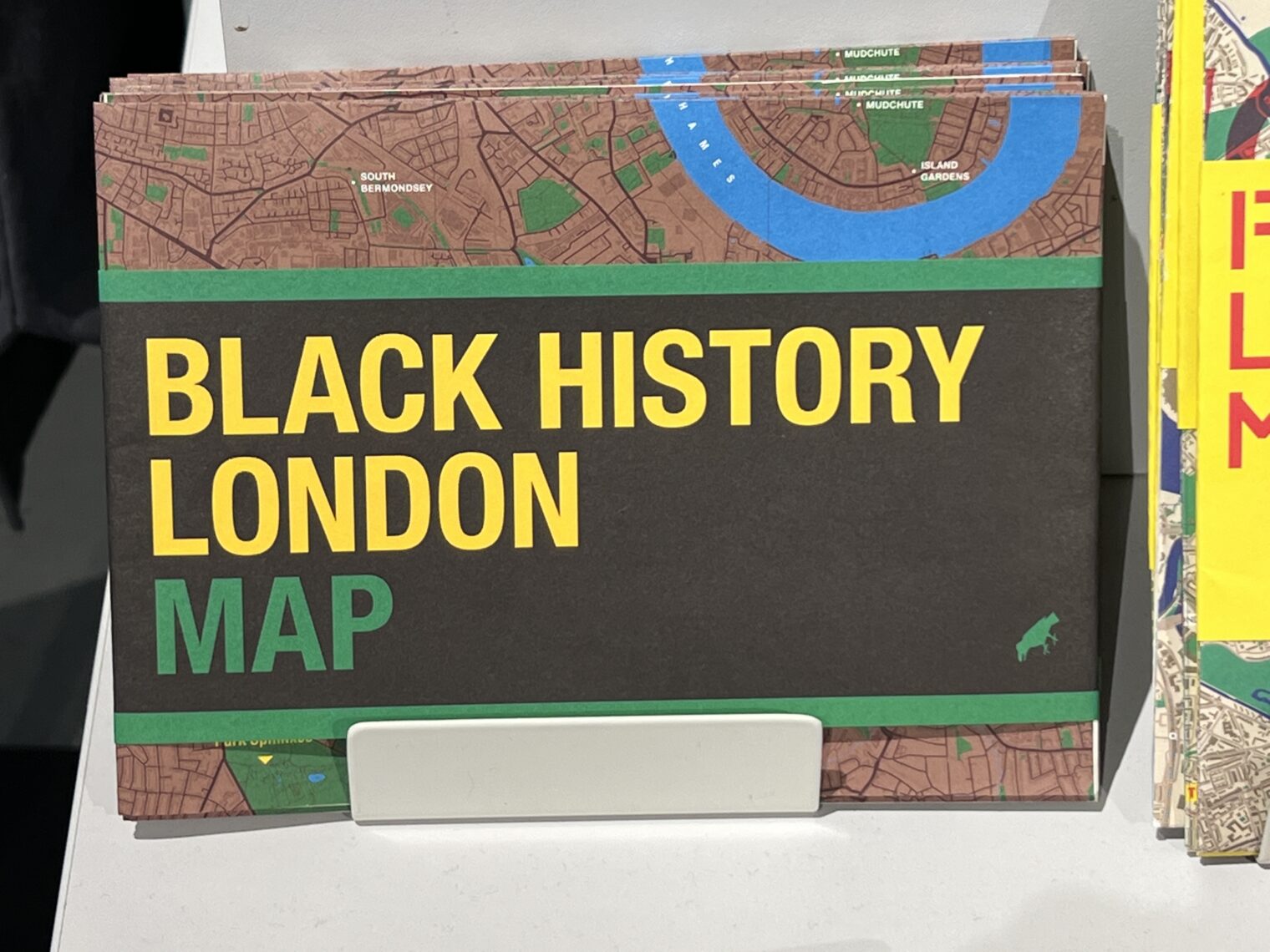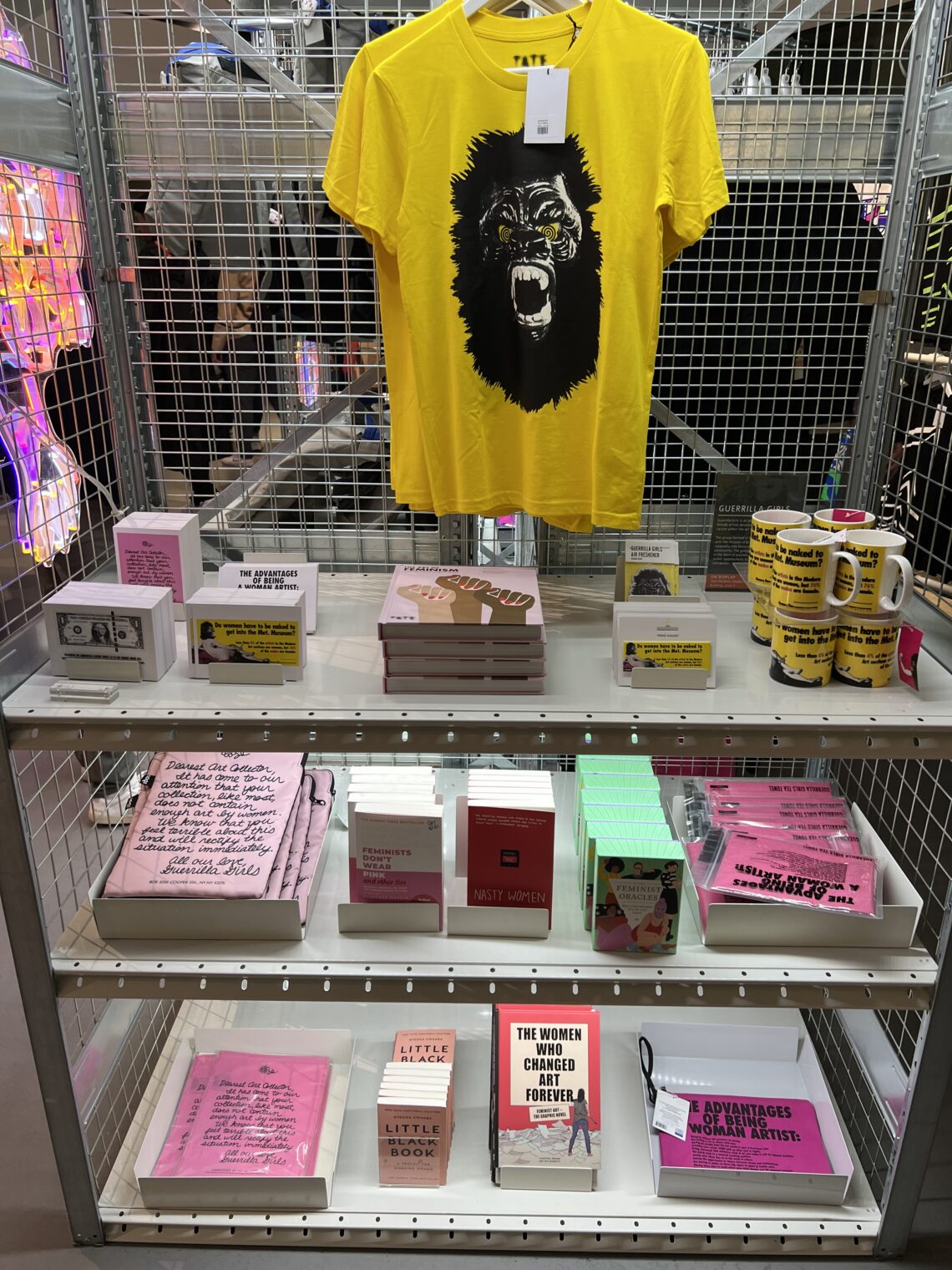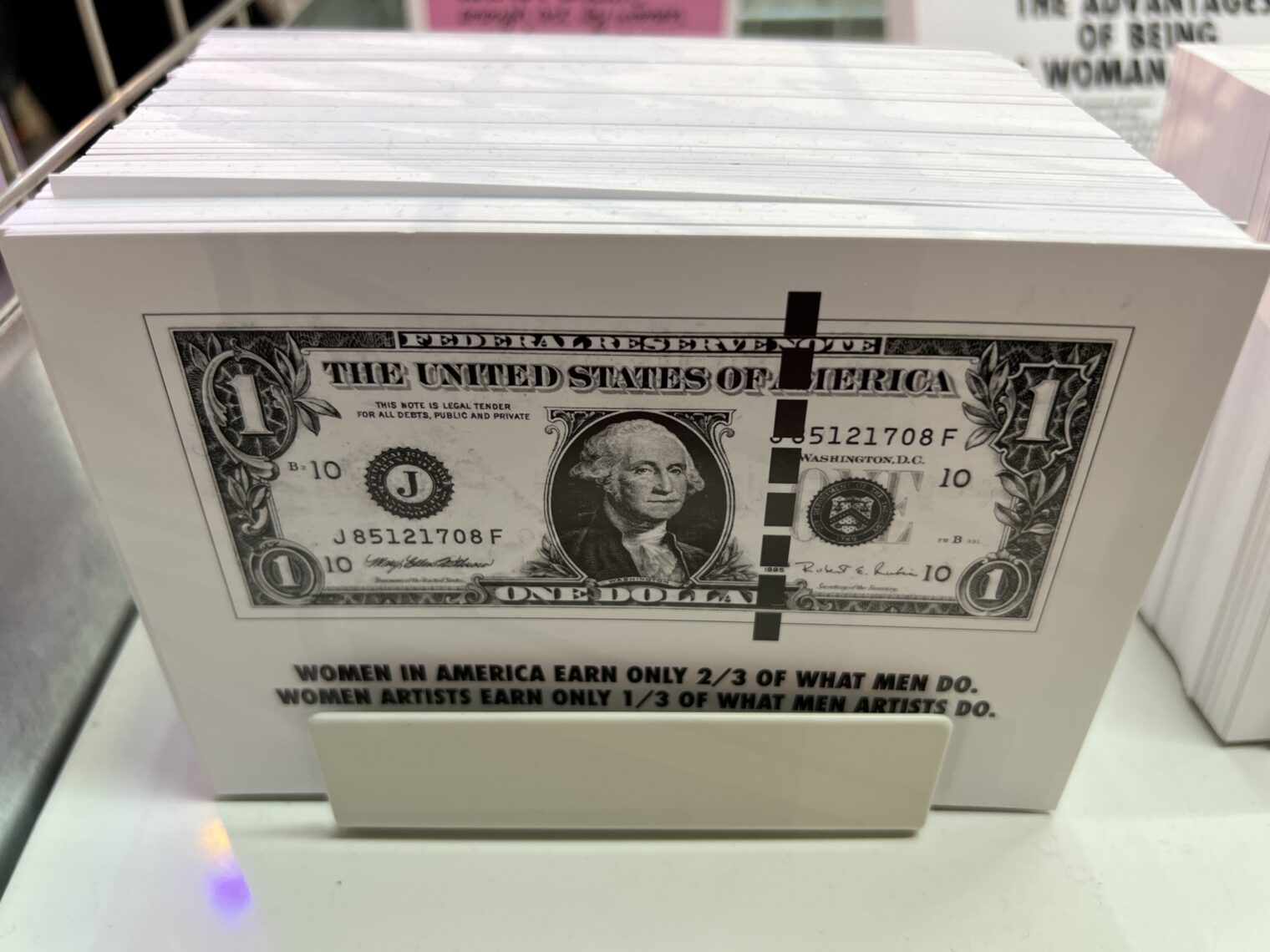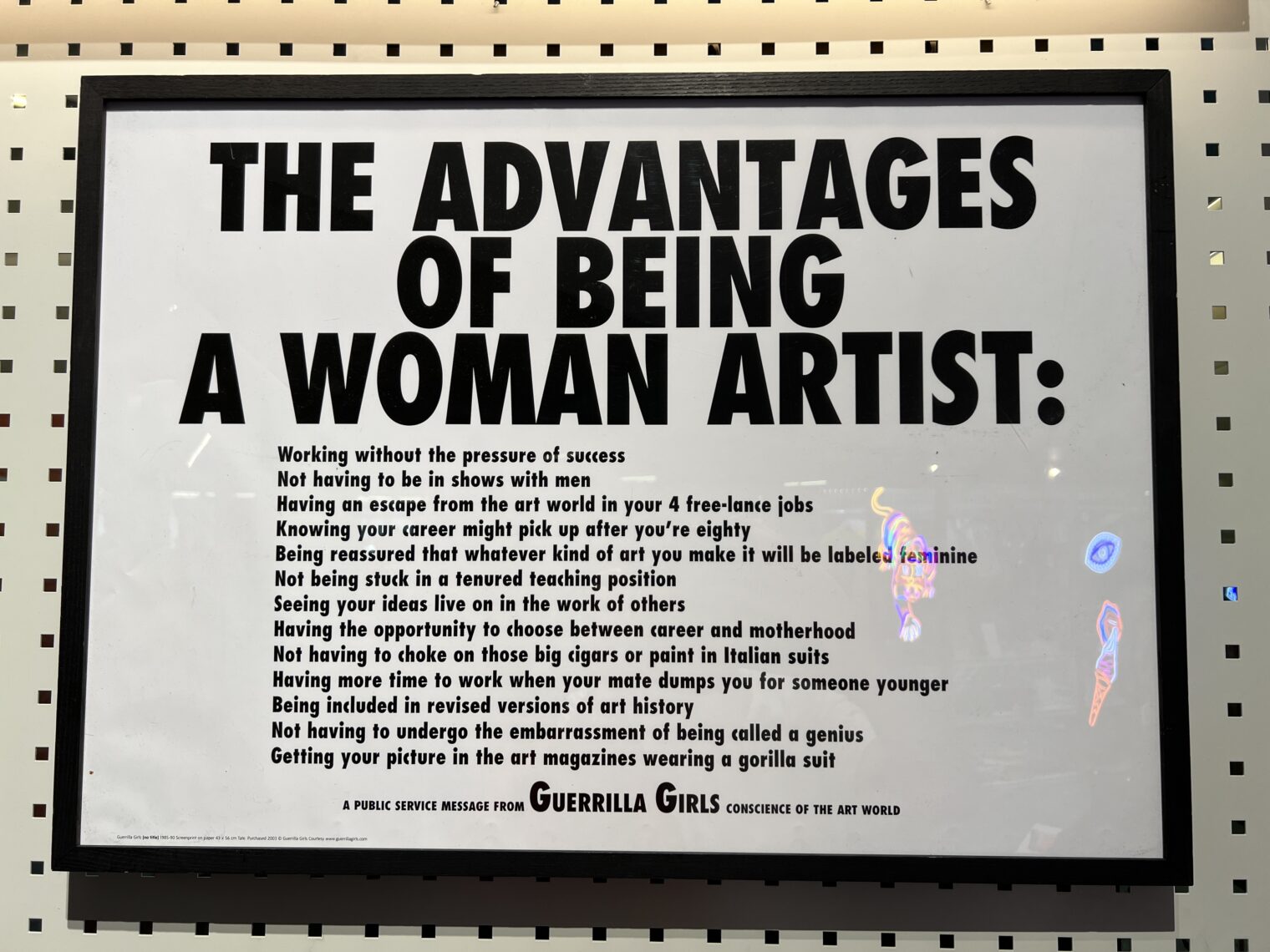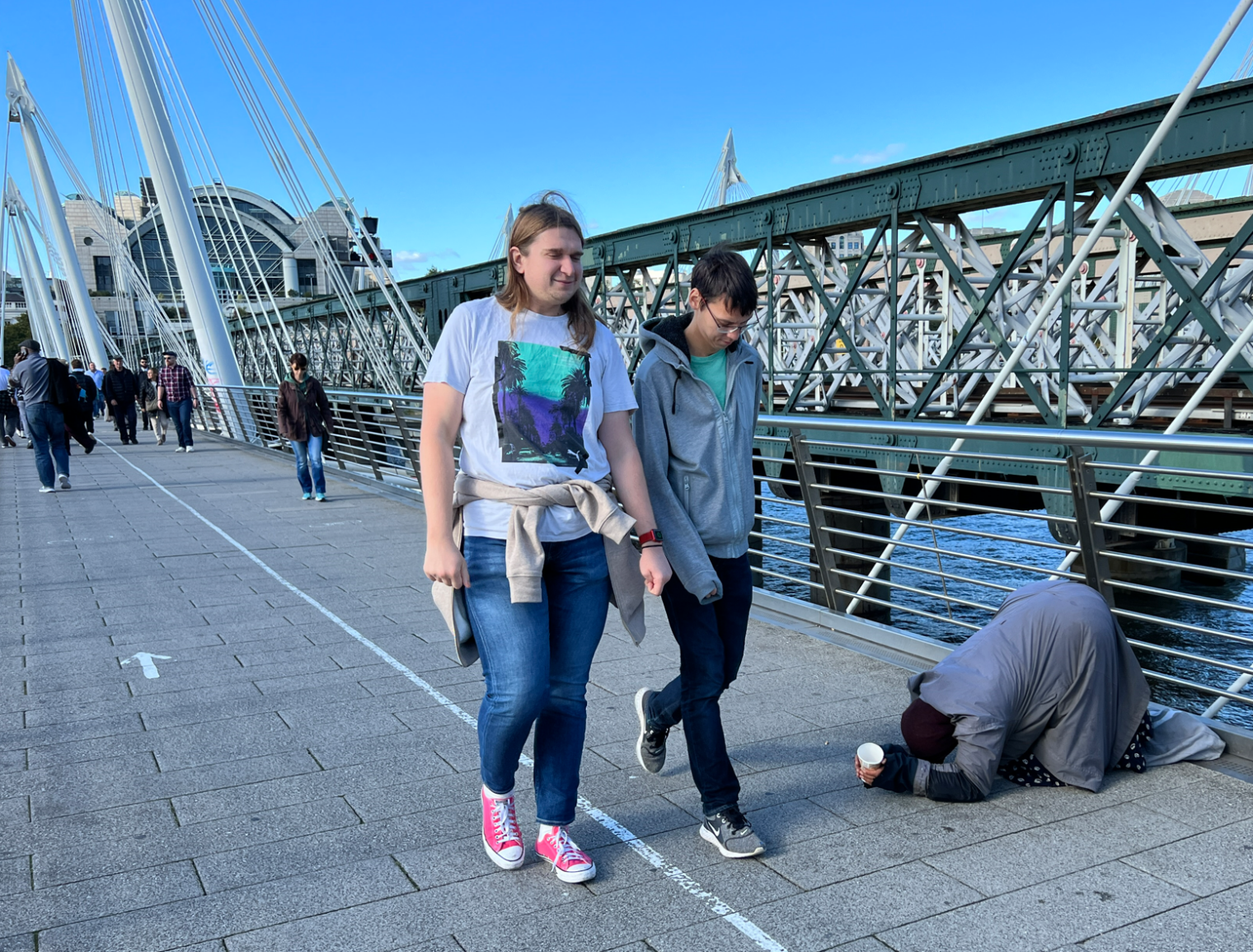What’s the truth this week regarding the origin of SARS-CoV-2? (the Texas law regarding Facebook censorship)
It has been about 1.5 years since “Facebook lifts ban on posts claiming Covid-19 was man-made” (Guardian, May 27, 2021):
Facebook has lifted a ban on posts claiming Covid-19 was man-made, following a resurgence of interest in the “lab leak” theory of the disease’s onset.
The social network says its new policy comes “in light of ongoing investigations into the origin”.
In February, Facebook explicitly banned the claim, as part of a broad policy update aimed at “removing more false claims about Covid-19 and vaccines”. In a public statement at the time, it said: “Following consultations with leading health organizations, including the World Health Organization (WHO), we are expanding the list of false claims we will remove to include additional debunked claims about the coronavirus and vaccines.”
What’s the truth this week? Due to my failure to become a virologist, I express no opinion on the origin of this or any other virus. What about people who are virologists? Fortunately, there are still plenty of limits on what they can say:
Facebook is keen to ensure that a change in one rule doesn’t lead to a free-for-all for Covid misinformation. On the same day that it lifted the ban on lab-leak theories, it tightened up restrictions on users who “repeatedly share misinformation on Facebook”.
What could happen to ruin this happy marriage between Science and censorship? “Is This the Beginning of the End of the Internet?” (Atlantic, 9/28/2022):
Earlier this month, the court upheld a preposterous Texas law stating that online platforms with more than 50 million monthly active users in the United States no longer have First Amendment rights regarding their editorial decisions. Put another way, the law tells big social-media companies that they can’t moderate the content on their platforms.
Part of this fiasco touches on the debate around Section 230 of the Communications Decency Act, which, despite its political-lightning-rod status, makes it extremely clear that websites have editorial control. “Section 230 tells platforms, ‘You’re not the author of what people on your platform put up, but that doesn’t mean you can’t clean up your own yard and get rid of stuff you don’t like.’ That has served the internet very well,” Dan Novack, a First Amendment attorney, told me. In effect, it allows websites that host third-party content to determine whether they want a family-friendly community or an edgy and chaotic one. This, Masnick argued, is what makes the internet useful, and Section 230 has “set up the ground rules in which all manner of experimentation happens online,” even if it’s also responsible for quite a bit of the internet’s toxicity too.
What do we think will happen? Until this Texas situation arose, Facebook was immune under Section 230 from the liability that a publisher or speaker would have, but the company also could enforce an editorial point of view on whatever topics it chose. It has enjoyed the immunity of a phone company with, actually, tighter control of point of view than the New York Times (which sometimes invites a Republican or fake Republican onto the editorial page just to stir things up). It seems too good to be true, but maybe Facebook is big, rich, and influential enough to hold onto this status?
Full post, including comments




